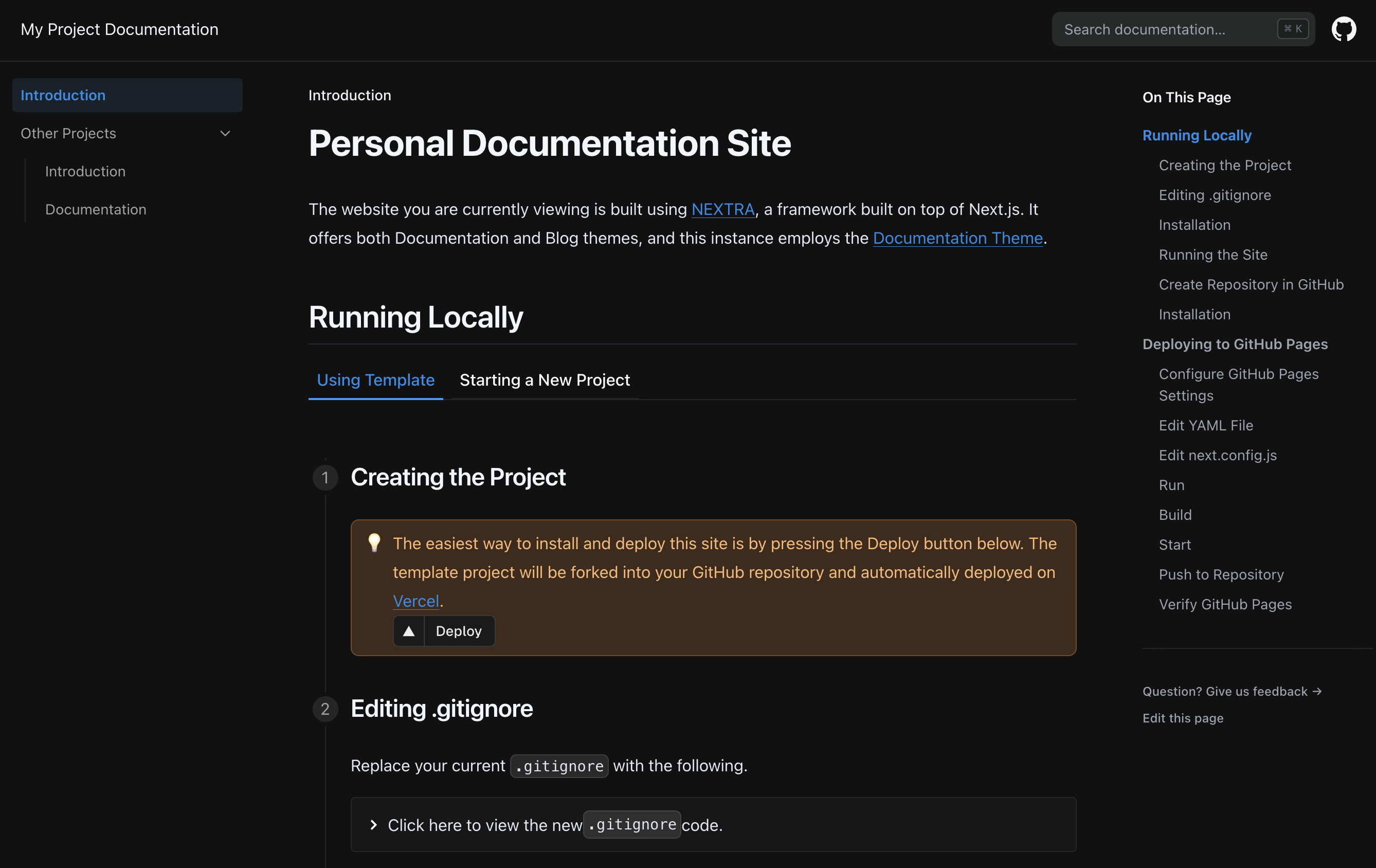Recently I struggled with the sheer amount of information while developing web applications as a novice software developer. To combat this, I installed a personal documentation website (similar to old wiki sites) and deployed it on GitHub Pages. Despite the mundane nature of documentation work, its unveiling power led me from confusion to clarity.
The outcome exceeded my expectations. This platform offers real-time editing without the need for recompilation, and its design is sleek and modern. Additionally, using GitHub provides built-in history and version control for documentation content. This cool tool reminded me of old-time document formats.
Even when I was a non-software developer, I spent countless hours compiling documentation because I authored .chm (Microsoft Compiled HTML Help) files for customers (users of Windows software). Creating or updating these documents required compilation. Despite .chm files being confusing to create, they had a certain charm.
Digital documentation has evolved significantly. In the last century, Korean documentation staff, particularly in the army, were known for their unparalleled speed in documentation. Even some normal users were accustomed to using keyboard shortcuts and formatting text similar to typewriters seen in movies. This approach made Microsoft Word less popular in Korea initially due to the lack of support for these shortcuts.
However, my perceptions changed when I read FIX (Financial Information Exchange Protocol Specification) written in Word. Although its content is not relevant now, its documentation features such as outlining were revolutionary to me. This experience led to a newfound appreciation for Microsoft Word, at least for a while.
Online documentation like blogs and wikis gained popularity. Wikipedia and Confluence (Atlassian wiki software) also introduced innovative features like using markup to format documents and real-time shareability, which were novel at the time.
One particularly memorable experience was creating a website as a help and notice platform for a mobile application. Initially, the project was designed as a purely client-side, standalone app without server-side functionality. Our team managed a 24/7 running system that required uninterrupted operation. We thought a standalone app would be easy to maintain because we wouldn't need to operate it. However, its unexpected popularity led to an overwhelming number of inquiries and requests for help. To address this, a simple online website was created to provide updates and assistance without requiring updates to the mobile application.
Unfortunately, not just the website but also the domain hosting company became a target for competitors, disrupting vacations and holidays. Eventually, a solution was found by switching to a new domain hosting company in a non-English, non-Greek, non-Turkish, nor-Russian speaking country, and hosting the website on a robust server service. This experience provided valuable insights into dealing with competition and handling online threats.
Today, personal blogs are transitioning to personal documentation. With the assistance of tools like ChatGPT for proofreading, the content appears more polished and well-explained.
As a technology enthusiast, I firmly believe in the transformative power of technology. It has made information production and sharing easier and more enjoyable, ultimately contributing to a better world.
